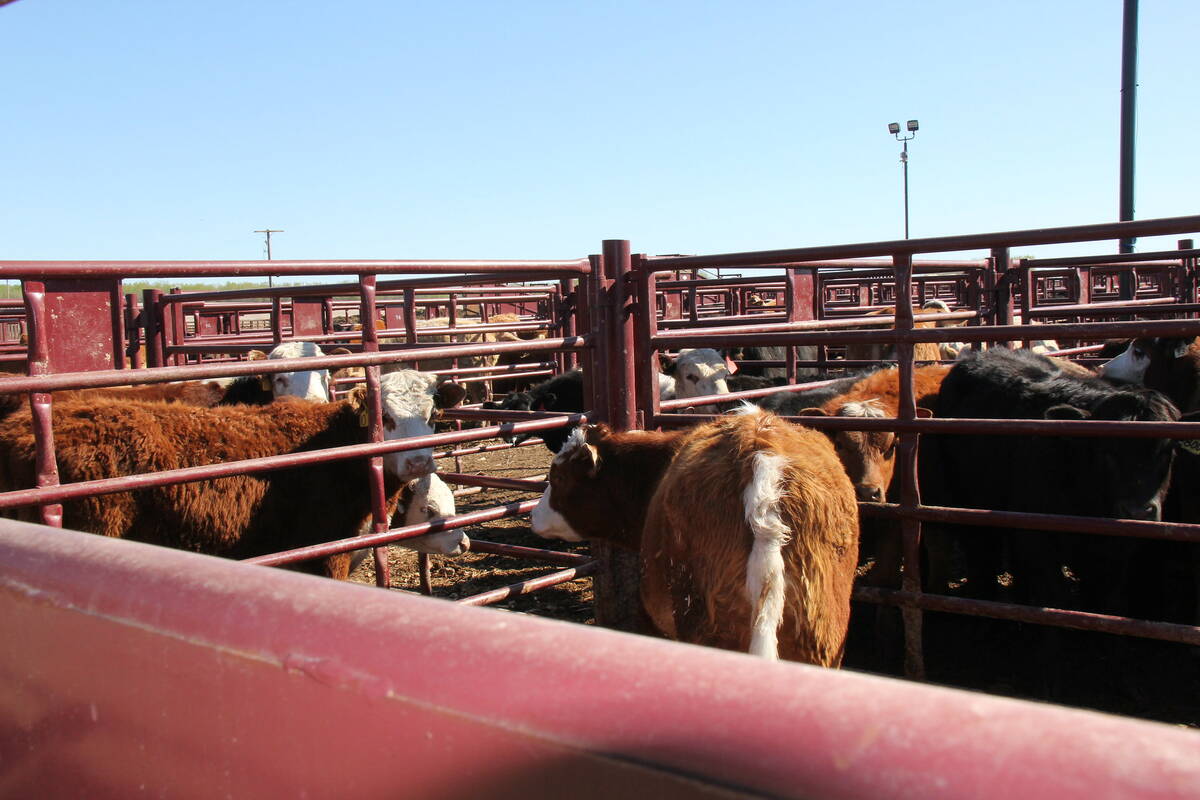PONOKA, Alta. – Red hot prices in the Canadian bison industry may end up burning a few bridges.
Members of a marketing panel held during the recent Bison Producers of Alberta meeting in Ponoka said a shortage of bison meat to fill existing markets will likely mean lost sales, never to return.
Thomas Ackerman of Canadian Rangeland Bison said he could easily sell three times as much bison meat as his feedlot and slaughter plant in Lacombe, Alta., now sells.
“We can’t even fill the orders we get from existing customers. The result is high prices for you as producers, which is long overdue. On the other hand, we have to sell the meat to the customer,” Ackerman said.
Read Also

Livestock movement scanner looks for proving ground
The Canadian Cattle Identification Agency (CCIA) will test new technology intended to simplify the recording of animal movements, linked to proposed federal livestock traceability regulations.
“The whole bison business only makes sense if it’s only built on sustainability, where everyone along the chain makes a dollar.”
Ackerman fears his customers will balk at the high prices or become frustrated because he can’t fill their orders.
“We have to weed out customers,” he said.
“We have customers for 10 years. If we lose them, those doors are shut forever. They won’t wait for bison forever. A constant supply is better than a shortage of supply.”
Prices have increased from $2.60 per pound hot hanging weight a year ago to $3.60 to $3.75 per lb. Buyers suspect it will soon reach $4 per lb.
“We thought $3 was the limit,” said Pieter Spinder of Carmen Creek Bison.
Kelly Long, also with Carmen Creek Bison, said customers are starting to object to the high prices. The company sells product to buyers in the United States, Canada and Europe, but the European market for high-end cuts is the most lucrative.
“In Europe, the people are willing to pay more,” said Spinder, who plans to focus his marketing plans on that market.
Spinder estimated he is filling only 30 percent of the demand for bison.
He said it’s important for producers to keep some breeding stock back to expand their herds, but buyers also need a steady supply of bison to keep existing customers.
Canadian Bison Association executive director Terry Kremeniuk said the country’s herd grew from less than 45,000 in 1996, when the first Statistics Canada survey was conducted, to more than 200,000 in 2006. However, it has since declined to 180,000.
Ivan Smith, who owns a farm, restaurant, processing shop and sales outlet in central Alberta, sells 50 bison a week through high end grocer y stores and restaurants. He could easily sell 250 more a week, he added.
Smith believes bison producers should focus more on local markets.
“If we did a better job of marketing bison at home, the local dollar will stay at home.
“At the local level, the demand is there and we’re not filling it. I don’t want to create a bunch of competition, but I also want to create a bison industry in Alberta.”
He said the industry shouldn’t worry about steadily increasing prices because demand is high.
“It’s a North American product. We have such a competitive advantage and it has romantic story and you can charge for romance. Everyone is willing to pay for romance.”
NORTH AMERICAN BISON FACTS
There are more than 500,000 bison in North America. 75 percent are on the Prairies.
It takes time to increase herd size. Bison gestation is 285 days, similar to cattle. Bison typically do not produce calves until they are three years old.
About 92,000 bison were slaughtered and processed in North America last year. Processors have increased prices paid for slaughter-ready bison by more than 40 percent in the past four years.
Consumed forage stays in the bison’s system longer, enabling the animal to extract maximum nutrition from food.














